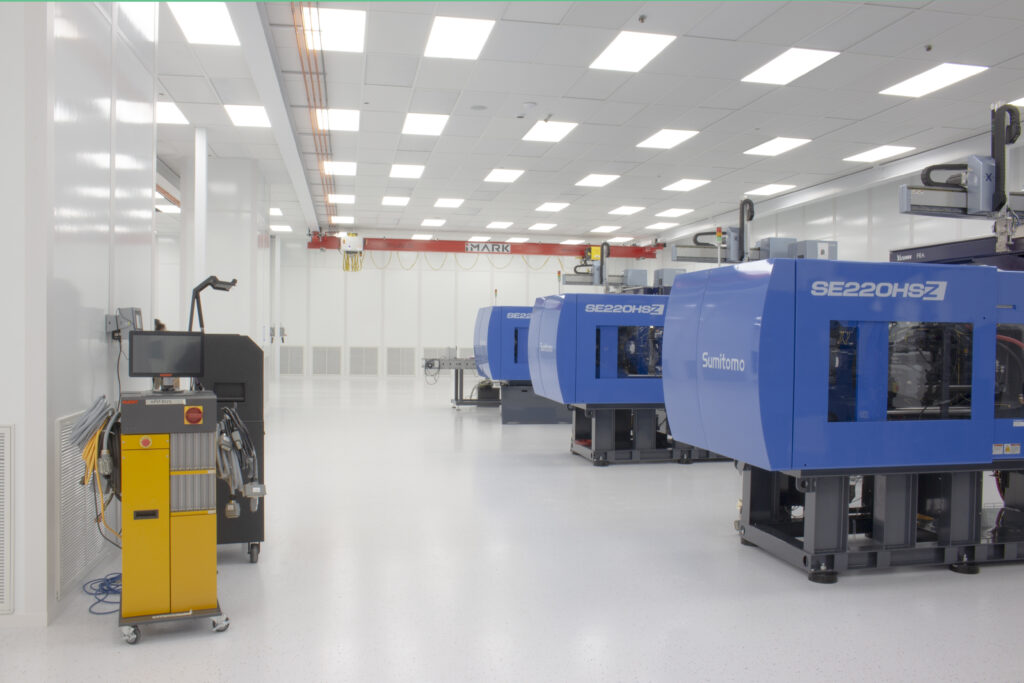Clean room injection molding is a vital process in a variety of industries, including the medical, pharmaceutical, and aerospace industries. This process involves the manufacturing of products in a highly controlled and sterile environment, which is necessary for ensuring product quality and consistency.

With increasing regulatory standards and demands from customers for higher quality products, it is imperative that manufacturers understand the importance of clean room injection molding and the best practices that are required to meet regulatory standards.
What is Clean Room Injection Molding?
Clean room injection molding is a manufacturing process that involves the use of specialized equipment and facilities to produce high-precision parts and products in a controlled environment free from environmental contaminants. This process typically involves the use of injection molding machines, which inject molten materials into a mold cavity. The melted material is then allowed to cool and solidify before being ejected as a finished product.
Why is Clean Room Injection Molding Important?
In industries that require precision and high quality standards, such as aerospace and medical, the use of clean room injection molding is critical. Products that do not meet regulatory standards can have devastating consequences, such as loss of life, negative brand reputation, and legal liabilities. To avoid such situations, manufacturers must take the necessary steps to meet industry regulations.
Meeting Regulatory Standards
To meet regulatory standards, manufacturers must adhere to strict guidelines that are designed to ensure the safety and quality of the products produced. These guidelines may vary between industries, but common areas that are regulated include the quality of the materials used, the environment in which the products are made, and the manufacturing process used.
For instance, in the medical industry, the Food and Drug Administration (FDA) enforces stringent requirements to ensure that products are manufactured in accordance with Good Manufacturing Practices (GMP). These practices include having a clean room that is controlled for temperature, humidity, and air pressure, and that workers wear protective clothing.
In the aerospace industry, the National Aerospace and Defense Contractors Accreditation Program (NADCAP) has established rigorous standards that must be met for manufacturing of parts and components. Manufacturers who wish to supply products to the aerospace industry must comply with NADCAP standards to demonstrate their ability to consistently provide products that meet customer and regulatory requirements.
Best Practices for Clean Room Injection Molding
To meet regulatory standards, there are several best practices that manufacturers should follow when using clean room injection molding processes. These practices include:
Maintaining a Clean Room Environment: The clean room environment must be controlled for temperature, humidity, and air pressure, and must be free from environmental contaminants such as dust and airborne particles. The use of HEPA filters and regular maintenance of equipment can help ensure that the environment stays clean.
Use of Appropriate Materials: The materials used in clean room injection molding must be certified for use in the specific industry, and must be free from contaminants or impurities. Manufacturers should also conduct regular testing of materials to ensure that they meet regulatory standards.
Proper Handling of Materials: To prevent contamination, materials should be handled with care and stored in the appropriate conditions. The use of handling equipment and procedures can help prevent contamination during transport and handling of materials.
Adherence to Sterilization and Cleaning Procedures: Clean room injection molding requires regular cleaning and sterilization procedures to maintain a sterile environment. This includes regular cleaning of equipment, tools, and facilities.
Regular Employee Training: Employee training is crucial to ensure that workers understand the regulatory requirements and best practices for clean room injection molding. Regular training can help ensure that workers are knowledgeable about the processes and procedures that must be followed.
Conclusion
Clean room injection molding is an essential manufacturing process for industries that require precision and high-quality standards. To be successful in this process, manufacturers must be diligent about adhering to regulatory standards and best practices. By maintaining a clean room environment, using appropriate materials, proper handling of materials, adherence to sterilization and cleaning procedures, and providing regular employee training, manufacturers can ensure that their products meet regulatory requirements and are of the highest quality.